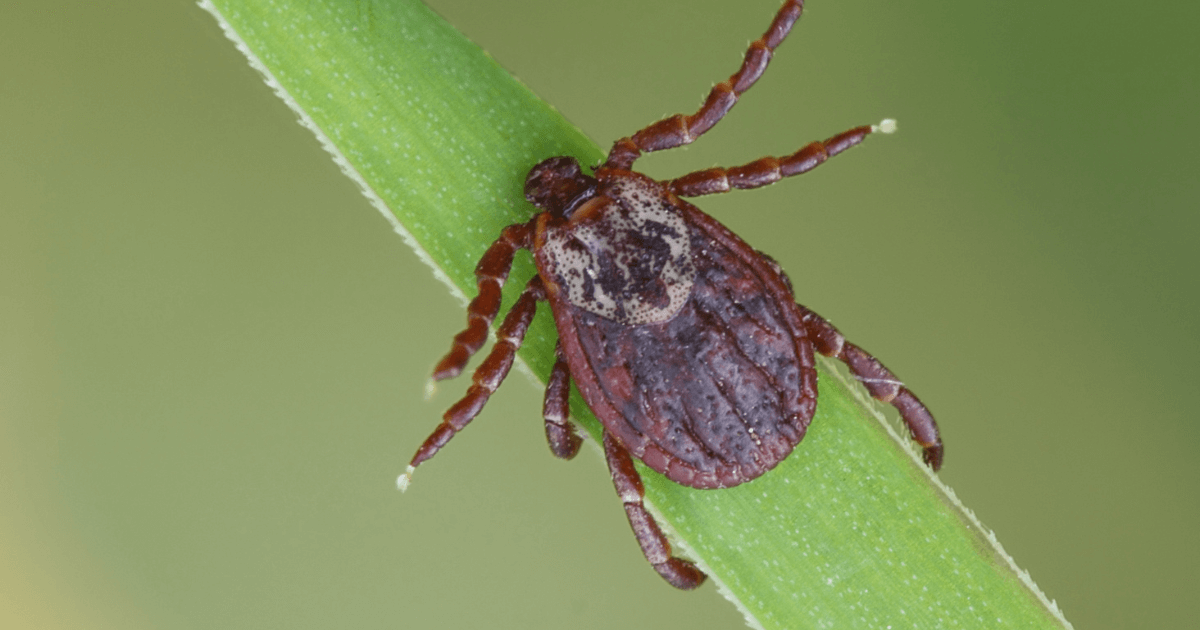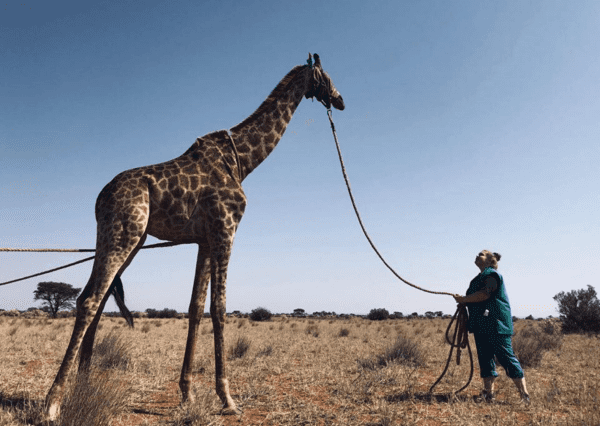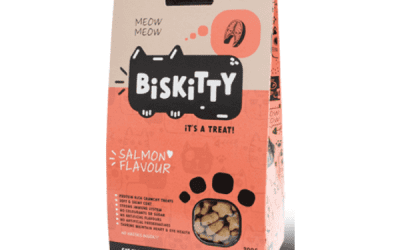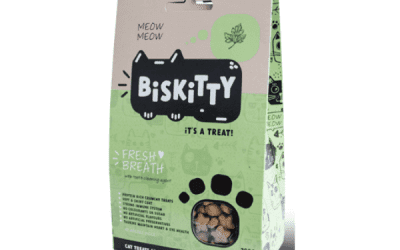Cats cannot taste sweetness, unlike humans and most other mammals. This is because they lack the functional sweet taste receptor, due to a mutation in one of the genes responsible for coding this receptor.

5 Cat facts we bet you didn’t know! Mini Tigers at Home
Mini Tigers at Home - 5 Cat facts we bet you didn't know!
#petsupplies #petcare #shoplocal #petlovers #petproducts #smallpets #animalcare

Mini Tigers at Home
Have you ever considered that your domestic cat shares an astonishing 95.6% of its genetic makeup with tigers? This close genetic relationship explains many of their instinctual behaviors, such as stalking, pouncing, and marking their territory, which mirror the actions of their wild relatives. Whether it’s the way they crouch before a leap or the territorial scent marking they engage in, these feline traits are a fascinating reminder of their wild ancestry.

Sweet? No Thanks!
Interestingly, cats are unable to taste sweetness, a trait that sets them apart from humans. Their taste buds have not evolved to appreciate sugary flavors, which means that while we might indulge in desserts, our feline friends have no interest in sweet treats. This unique aspect of their taste perception is a reflection of their carnivorous diet, which is primarily focused on protein rather than carbohydrates.

Night Vision Pros
While cats may struggle with nearsightedness, they possess remarkable peripheral and night vision capabilities that far exceed those of humans. This exceptional vision allows them to detect even the slightest movements in low-light conditions, making them adept hunters during dusk and dawn. Their eyes are specially adapted to gather more light, which is why they can navigate and thrive in the dark, showcasing their evolutionary prowess as nocturnal predators.

Climbing Up Is Easy, Climbing Down…Not So Much
Ascending trees is a breeze for cats, but descending can be quite the challenge! Due to the unique shape of their claws, which are designed to grip surfaces while climbing, felines are unable to navigate downwards headfirst. This means they often have to awkwardly backtrack their way down, making the descent a bit of a clumsy affair.

Jumping Champions
When it comes to jumping, cats are true champions! They possess the remarkable ability to leap as far as six times their own body length in one bound. This incredible agility allows them to land precisely where they intend, showcasing their impressive athleticism and precision in movement. No wonder they always land where they want.
Whilst you are here, Shop some Products for your CAT;
Showing 1–12 of 115 resultsSorted by popularity
-
Sale!

Feather Spoil Ball
Original price was: R44.84.R40.36Current price is: R40.36. -
Sale!

Spot Feather Ball
Original price was: R37.00.R33.30Current price is: R33.30. -

Green Rush Gecko Blue
R77.28 -

Cat Toy Kittie Bum Bums
R103.04 -
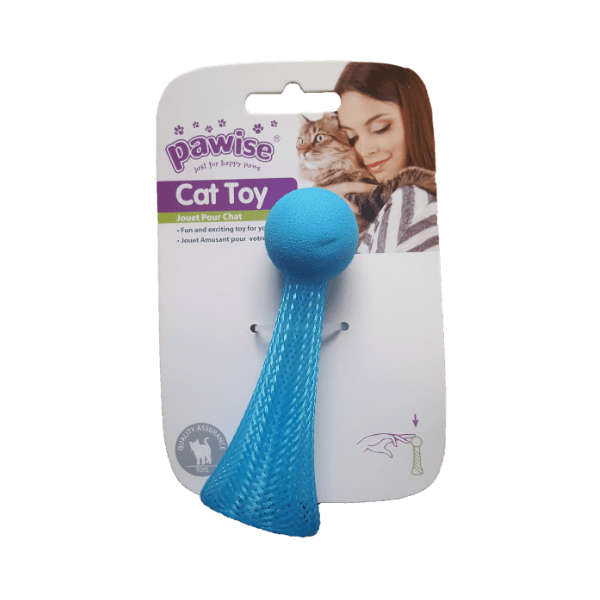
Cat Toy With Light
R34.45 -

Cat Toy Value Pack CTV002
R86.94 -
Sale!

Ball & Cracker Cat Toy
Original price was: R53.05.R47.75Current price is: R47.75. -

Furry Ball Fluffy Ball
R51.91 -

Plastic Cat Tower
R123.17 -

Cat Toy Combo Ball & Mouse
R30.35





































